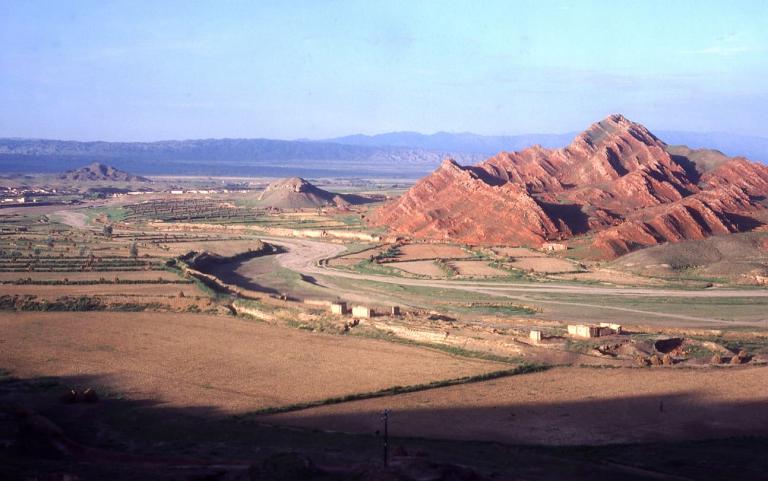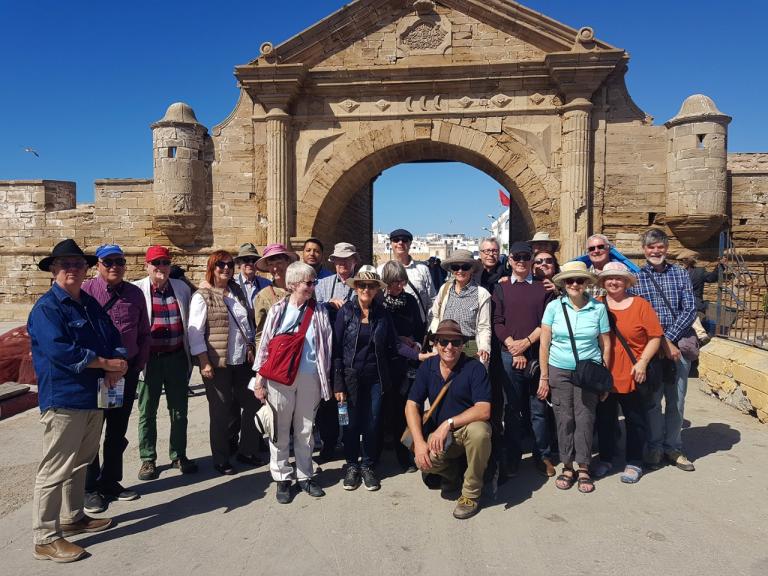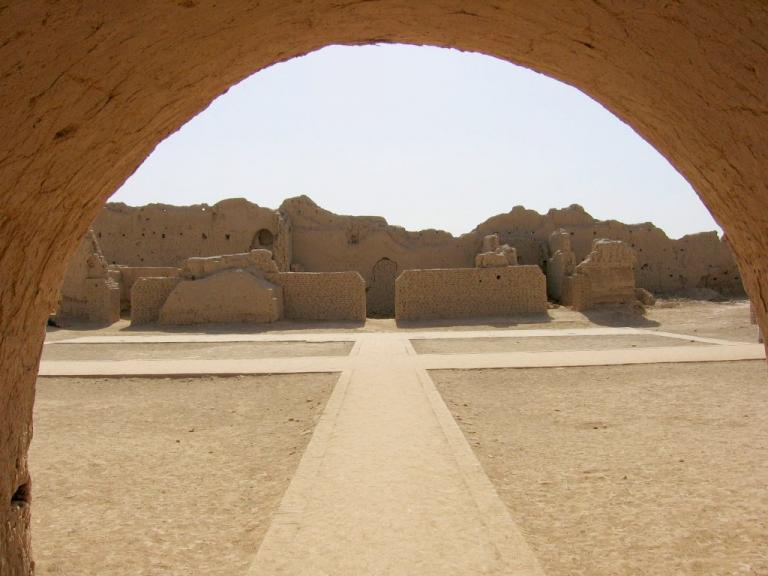Middle Road of The Silk Road
2 min readThe Middle Road was called the North Road in the Han Dynasty, while in the Sui and Tang Dynasties, it was called the Middle Road for its increasing prosperity, through which Chinese and foreign businessmen, tourists and monks had communicated with each other. The cities along the Middle Road were also important places for ancient business and The route of the Middle Road is starting from the southwest of Yumenguan, passing through Loulan to Gaochang along the Konqi River or the southern foot of the Mt. Tianshan, and turning southwest to pass through Yanqi, Luntai, Qiuci, Gumo(now Bytown) and Wensu. Then the route is divided into two lines, one climbs over the Lingshan(the Musuer Ridge of the Mt. Tianshan) to travel northwest to Rehai(now the Lake lssykKul) to go west and the other travels southwest through Bachu and Shule to go west.

Most sections of the Middle Road have many oases and little sand damage.Many relics of cities, castles, beacon towers, Buddhist temples and so on along the ancient road are still preserved, and the ancient road is adjacent to today’s arterial road, thus most tourists who are keen on the Silk Road style will choose the route of the Middle Road.
Key position in the Middle Road of Silk Road-Gaochang Ruins

The existing well-known historical sites along the Middle Road include Gaochang and Jiaohe Old City and Bezeklik Thousand-Buddha Cave in Turpan, Yanqi King Capital Bogedaqin in Yanqi, Kizil Thousand-Buddha Cave in Bytown, Kumtula Thousand-Buddha Cave, Beacon Tower and Zhaoguli Temple Ruin in Kuche, Yezhe Consulate Ruin of Tang Dynasty in Bachu, as well as Shule Old City in Kashgar, and so on.
Ancient celebrities once passed the Middle Road include Zhang Qian and Ban Chao of the Han Dynasty, Xuanzang and frontier poet Censen of the Tang Dynasty.









